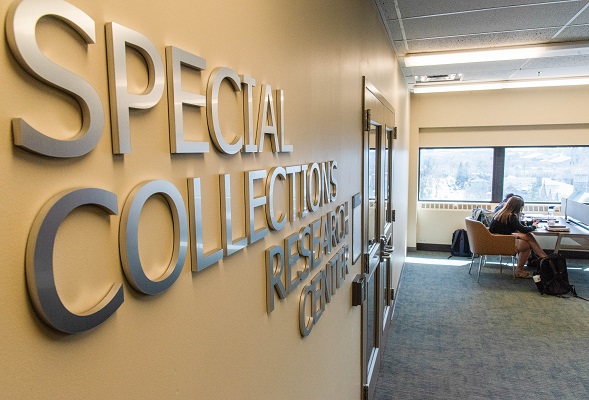This collection consists of physics professor and anarchist George Salzman's manuscripts, writings, correspondence, photographs, teaching materials, and ephemera. Salzman organized his papers around various themes, places, and organizations of importance to him, which is reflected in the labels he used.
The majority of papers fall under three general categories: Salzman's teaching materials for Science for Humane Survival, writings and ephemera related to Mexico, and essays from and correspondence pertaining to Salzman's website.
Salzman's teaching materials consist of slides, diagrams, and lecture notes that he used to teach Science for Humane Survival. Most of these were created during the mid-70s.
The papers about Mexico comprise ephemera from various indigenous activist groups, including the Asamblea Popular de los Pueblos de Oaxaca (APPO), formed during the 2006 uprising, and the Zapatistas. Salzman took part in the Zapatistas' 2001 march across Mexico for indigenous rights, which he touches on in some of his correspondence. He documented the 2006 Oaxacan uprisings in detail, saving pictures, logging the dates and times of important incidents, and writing descriptions and analysis of the events as he understood them. In addition to these documents, Salzman collected various essays, manuscripts, and ephemera about environmental protection in Oaxaca and Mexico more generally. These materials span from the late 1990s to roughly 2008.
The essays from Salzman's website were penned by a variety of writers and cover a range of subjects related to anarchism, revolution, environmentalism, and identity. Featured heavily are essays about the Israel-Palestine conflict written by Israeli peace activist Uri Avnery. These materials span from the mid 90s to roughly 2008.
Other materials of note include Salzman's correspondence with fellow anarchist, James Herod; records of Salzman's donations to various institions and causes; and photos of Salzman's home in Oaxaca.
Alongside his wife, Freda Salzman, George Salzman was a founding faculty member of the University of Massachusetts at Boston's Physics Department. While teaching at UMass, Salzman developed a popular course called Science for Humane Survival, which explored the role of science in society. In 1969, the Salzmans helped found Science for the People, a group of radical activist scientists who seeked to address the intersection of science and social issues. George also worked for a time at the Lucy Parsons Center, a radical left-wing bookstore in Boston.
In 1999, after retiring from the University of Massachusetts, Salzman relocated to Oaxaca, Mexico. There, he became interested in local indigenous sociopolitical and environmental activism. In 2005, Salzman and a friend, Tonee Mello, founded the Oaxaca Study Action Group (OSAG), an online community designed to foster international conversations about Oaxacan social issues and organizing. OSAG became a vital tool for disseminating English-language updates to the global community in the 2006 Oaxacan rebellion.
Through the late 90s and early 2000s, Salzman also maintained a website called, "Website of an Anarchist Physicist," where he posted his own and others' writings about anarchism, revolution, Oaxaca, science, and his and Freda's experience at University of Massachusetts at Boston.
